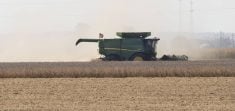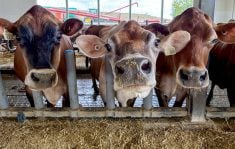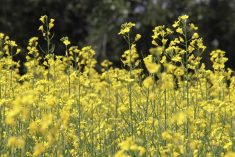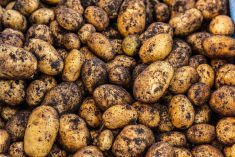washington / reuters / U.S. farmers facing the worst drought since the 1950s can use environmentally fragile land for livestock feed, the U.S. Government said July 23, as it also asked crop insurers to give growers more time to pay premiums.
Agriculture Secretary Tom Vilsack announced those steps during a teleconference from Iowa and called on the House of Representatives to vote in the next two weeks on the $491-billion farm bill. If Congress enacts a new farm law, it could revive disaster relief programs that have lapsed.
Read Also

The sneak peak of Manitoba Ag Days 2026
Canada’s largest indoor farm show, Manitoba Ag Days, returns to Brandon’s Keystone Centre Jan. 20-22, 2026. Here’s what to expect this year.
Corn and soybean futures prices hit record highs last week, driven by relentlessly dry and hot weather in the Farm Belt and fears of a short crop, which could push up food prices. The U.S. corn supply is forecast to be the smallest in 16 years at the end of the summer. Wheat prices are up 55 per cent in a month.
USDA will allow haying and grazing on Conservation Reserve and Wetlands Reserve land in counties affected by drought, said Vilsack. Until now, haying and grazing were restricted to Conservation Reserve land in harder-hit counties. Landowners will be allowed to sell hay harvested from the Conservation Reserve, he said.
As a step to help growers conserve their cash, Vilsack sent a letter to crop insurers asking them to allow farmers until Nov. 1 to pay premiums without penalty. Ordinarily, payment is due Aug. 1 with a 30-day grace period.














